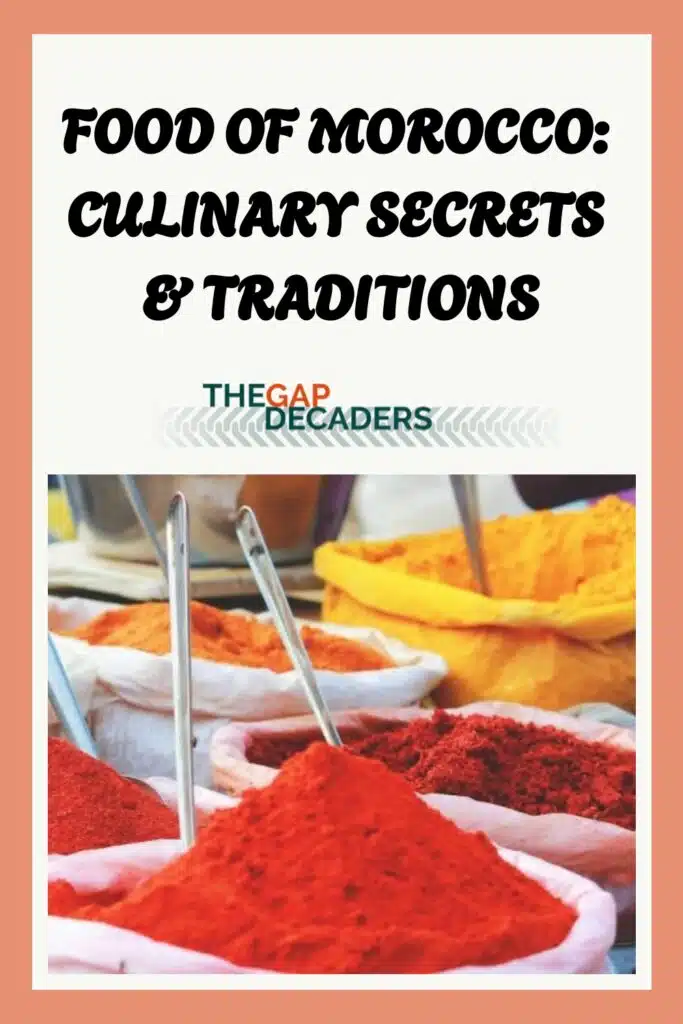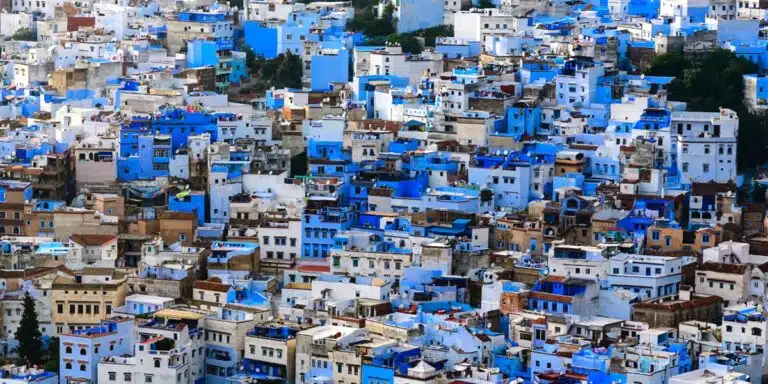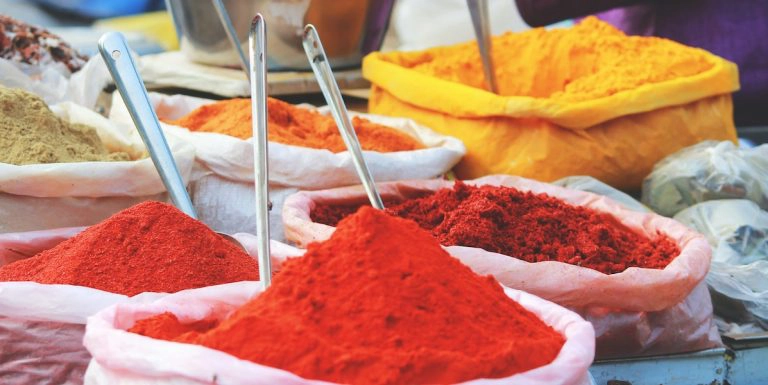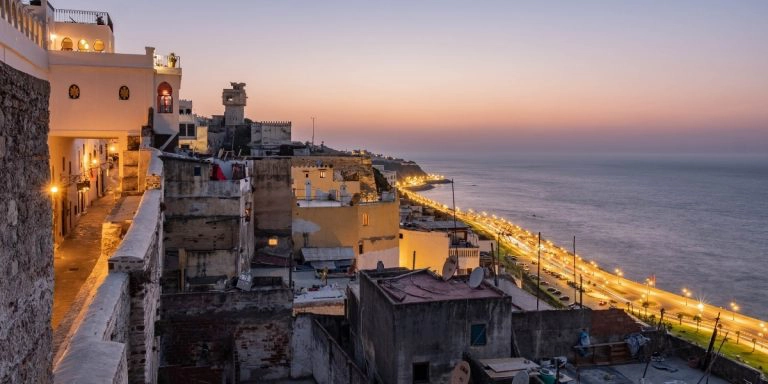This post may contain affiliate links, from which we earn an income. Click here to read our affiliate policy.
Just mentioning the name ‘Morocco’ reminds me of bustling markets, heaving tables filled with spices, and a tagine lazily bubbling on the stove. Morocco always invigorates my senses. The culinary traditions are as much a part of the country’s landscape as the sand is of the Sahara.
So what exactly is Moroccan cuisine and what can you expect from it when visiting this lovely corner of Africa? Remember, these tantalizing offerings are a mere 3-hour flight away from London, so check if you need a Moroccan visa for UK BRP holders and book yourself on the next flight to find out!
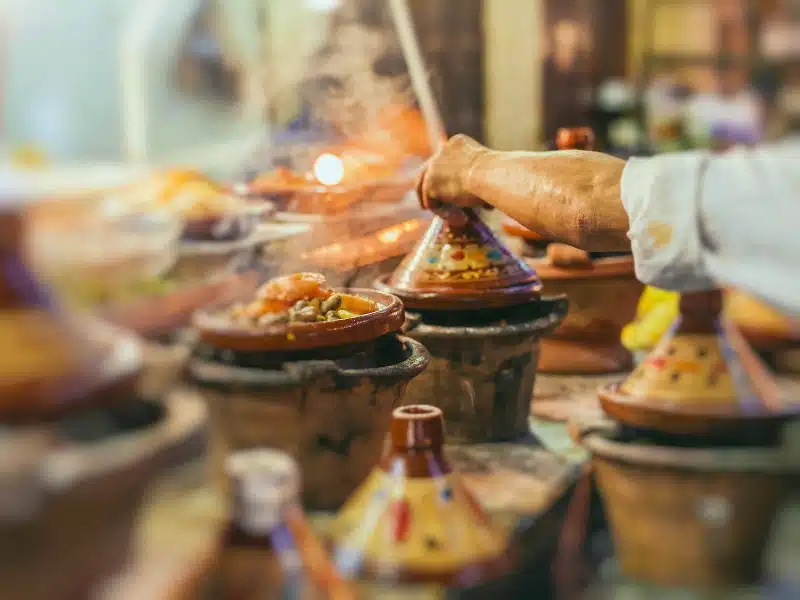
A Sensory Odyssey in the Souks
At the heart of any Moroccan gastronomic journey lies the bustling souks, where the air is filled with the enticing aroma of sizzling meats, freshly baked bread, and exotic spices. Navigating through the labyrinthine streets of Marrakech or Fez, one cannot help but be drawn to the lively stalls and bustling food vendors lining the alleys.
Here, street food reigns supreme. From savory tagines and fluffy couscous to crispy pastillas and succulent kebabs, every dish is marinated in equal amounts of tradition and spices.
One of the quintessential street foods that quickly became a favorite of mine is the beloved Moroccan sandwich, known as bocadillo. This delectable creation features a crusty baguette stuffed with a medley of fillings, ranging from spicy merguez sausage to tender grilled chicken, topped with crunchy fresh vegetables and zesty sauces. It’s a perfect on-the-go meal that captures the essence of Moroccan flavors.
If you have a sweet tooth like me, you will be in heaven. The souks offer an array of tempting treats, from honey-drenched pastries like msemen and chebakia to creamy almond-filled pastries such as gazelle horns. Each bite is more sensational than the next, blending sweetness with subtle hints of spices like cinnamon and orange blossom water.
But perhaps the most iconic of all street foods is the humble Moroccan mint tea. Served in ornate teapots and poured with precision, this refreshing beverage is more than just a drink – it’s a symbol of hospitality and tradition. Sipping on a steaming cup of mint tea while watching the hustle and bustle of the souk is an experience I wouldn’t trade for anything.
In the souks of Morocco, every dish tells a story, weaving together flavors, cultures, and traditions that define this enchanting land.
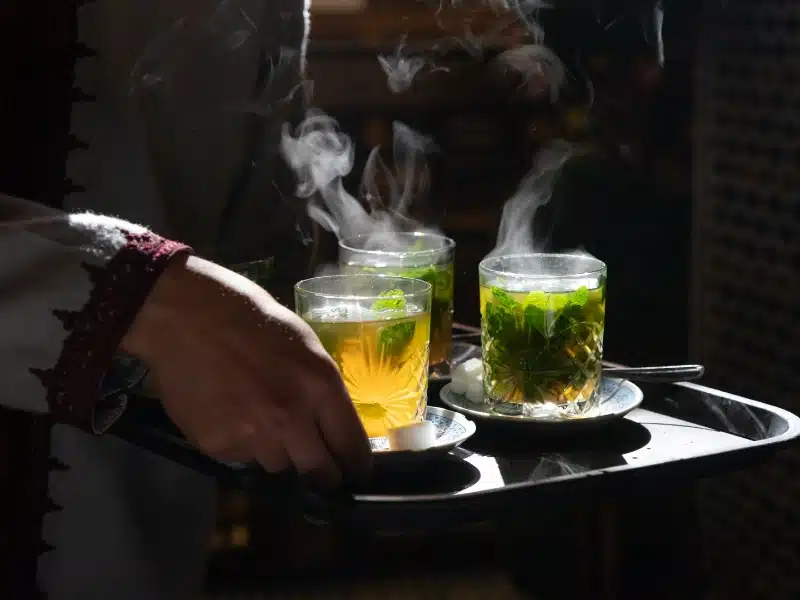
The Art of Tagine Cooking
No journey through Morocco’s culinary landscape would be complete without delving into the art of tagine cooking, a centuries-old tradition. Named after the earthenware pot in which it is cooked, the tagine is not just a simple stew; it’s an experience.
Traditionally prepared by slow-cooking meat, vegetables, and aromatic spices over a low flame, the tagine allows the ingredients to meld together, creating a dish that is rich in flavor and complexity. From savory lamb tagines infused with fragrant herbs to vegetarian versions bursting with colorful vegetables, there is a tagine for every palate.
But perhaps the most intriguing aspect of tagine cooking for me is the ritualistic nature of its preparation. From the careful layering of ingredients to the slow simmering process, every step is skillful and imbued with respect for the culinary arts.
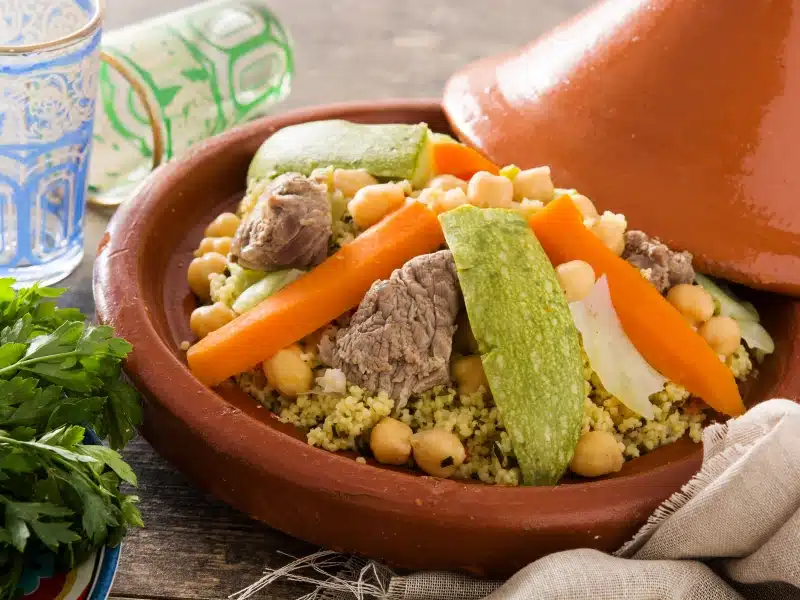
Exploring Morocco’s Coastal Cuisine
While Morocco’s bustling souks and aromatic tagines often steal the spotlight, the country’s coastal regions offer a treat that is equally tantalizing. Stretching along the shores of the Atlantic Ocean and the Mediterranean Sea, Morocco’s coastal cuisine is a celebration of fresh seafood, bold flavors, and Mediterranean influences that give the Greeks and the Spaniards a run for their money.
In cities like Essaouira and Casablanca, fishing harbors come alive with the hustle and bustle of fishermen hauling in their daily catch. You don’t get much fresher than this! Here, visitors can sample an array of seafood delights, from grilled sardines and plump shrimp to fragrant fish stews brimming with tomatoes, peppers, and aromatic spices.
One of the most iconic dishes of Morocco’s coastal cuisine is the famous fish chermoula – a flavorful marinade made from a blend of fresh herbs, garlic, cumin, and lemon juice. Used to marinate and grill a variety of fish, chermoula infuses the seafood with a burst of zesty flavors, creating a dish that is as vibrant as it is delicious.
But it’s not just seafood that defines Morocco’s coastal cuisine; it’s also the fusion of Mediterranean and North African influences that sets it apart. Dishes like Moroccan-style paella, infused with saffron and topped with delicate seafood, or seafood couscous, adorned with an array of shellfish and aromatic vegetables, showcase the unique blend of flavors that define this region.
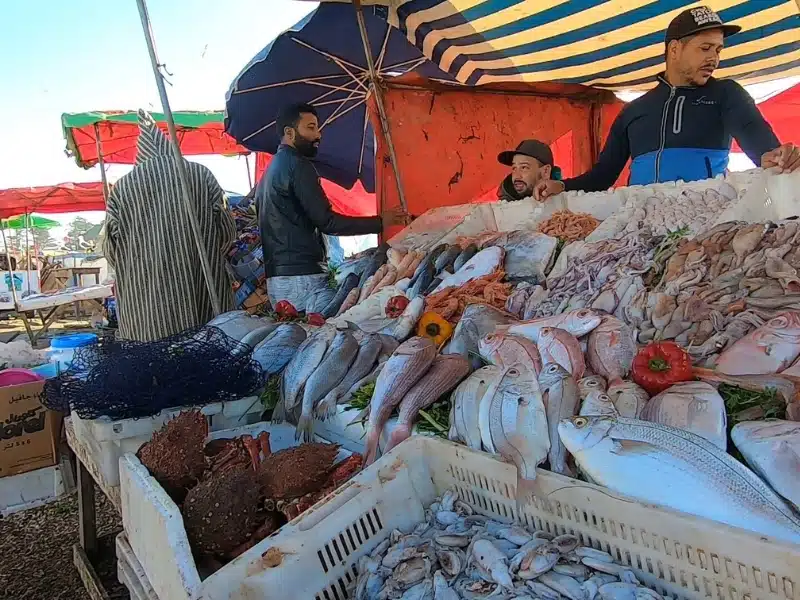
Fine Dining in Morocco
Look, I love street food and traditional experiences as much as the next person, but sometimes you just need to splurge a little. Fine dining in Morocco takes traditional food to new heights with innovative fusions and luxury experiences that will leave even the most discerning pallets begging for more.
From elegant riads in Marrakech to chic rooftop restaurants in Casablanca, Morocco’s high-end dining establishments showcase the country’s rich culinary heritage with flair and sophistication.
One of my highlights of fine dining experiences in Morocco was the opportunity to indulge in a traditional Moroccan feast, known as a méchoui. This lavish banquet features an array of succulent roasted meats, aromatic tagines, and decadent desserts, all served with the utmost attention to detail and hospitality.
When it comes to fine dining in Morocco, La Villa des Orangers and Le Marocain at La Mamounia stand out as iconic destinations for discerning food enthusiasts. La Villa des Orangers, nestled in the heart of Marrakech, offers an intimate dining experience within a beautifully restored riad, where guests can savor innovative dishes that showcase the best of Moroccan cuisine.
Finally, Le Marocain at La Mamounia, known for its opulent décor and panoramic views of the Atlas Mountains, serves up traditional Moroccan food with a modern twist, creating an unforgettable dining experience.
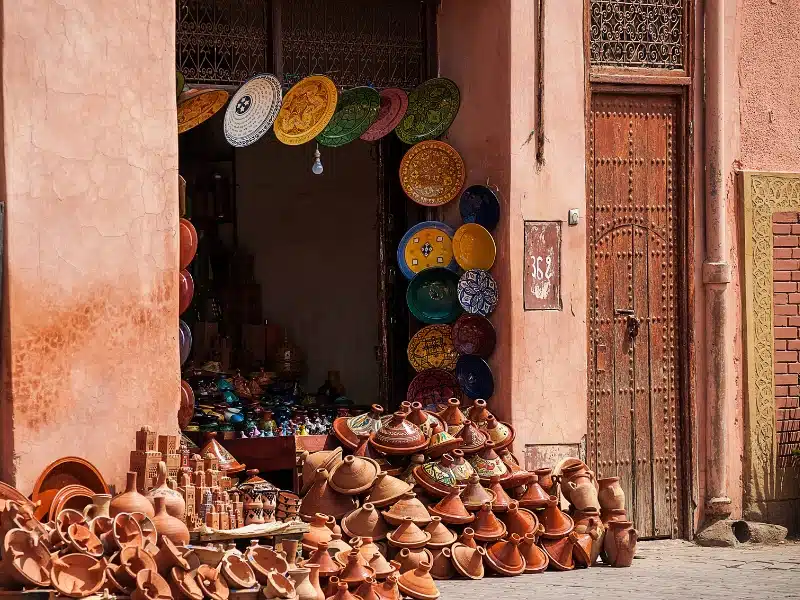
Looking for more travel inspiration? Check out these top posts…
13 Of The Best Cities To Discover In Morocco
Morocco Road Trip: An Epic Atlantic to Sahara Journey
What Do I Need to Know Before Going to Morocco?
Driving in Morocco – Absolutely Everything You Need to Know!
Sahara Desert Morocco: Map, Tips & Ideas for Your Visit
Tarifa to Tangier: Tips & Tricks for a Day Trip to Morocco
Love it? Pin it!

